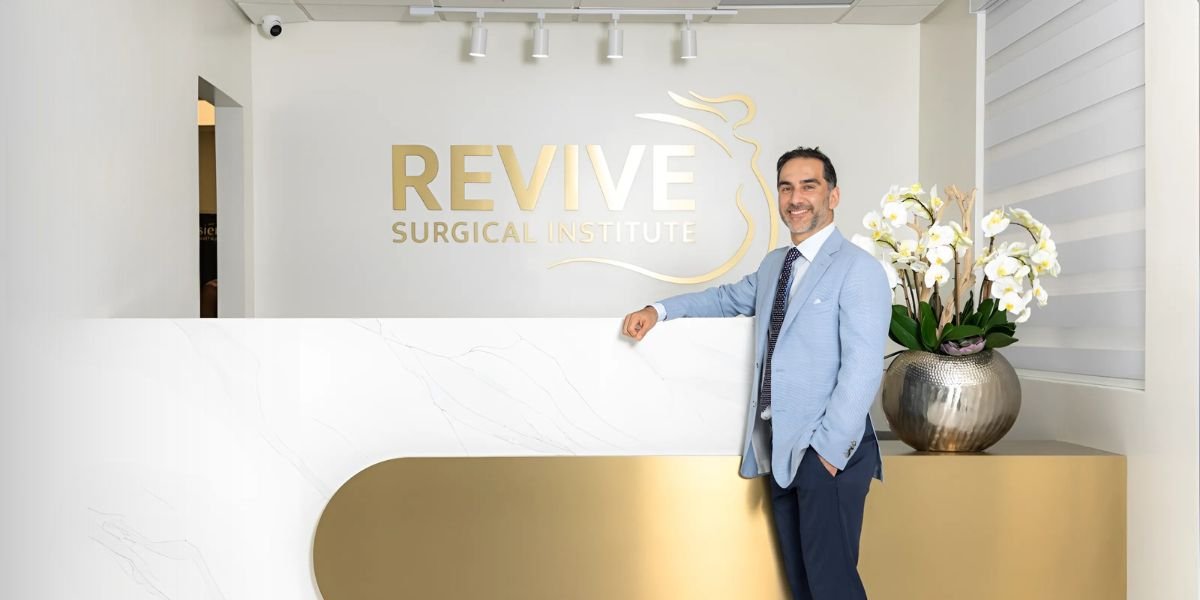By: Kate Sarmiento
Many founders assume that simply having the title will bring attention. You’ve launched something promising. You’ve solved a real problem. You’ve poured your efforts into this project. Naturally, someone should notice, right?
But often, they don’t.
You refresh your inbox. You wonder if your pitch got lost in the shuffle. You start to think maybe press coverage isn’t meant for early-stage founders, or perhaps your story just isn’t significant enough yet.
But here’s the reality: it’s not necessarily about your product; it’s more about how you’re presenting your story—or perhaps not presenting it at all. Many founders wait until everything feels “ready” before stepping into the spotlight. By that time, the moment may have passed. The attention might have gone to someone who showed up earlier with something worth discussing.
A Great Product Doesn’t Automatically Translate into a Compelling Story
Being a founder doesn’t automatically make you newsworthy. A great product is not inherently a story, and a new launch is not always seen as breaking news. Similarly, your branding may get lost in the noise if there’s no compelling human element behind it.
What truly attracts attention is you: your perspective, your timing, your voice. It’s the moment you decided to build and the reason you felt you couldn’t not do it. That’s what breaks through the noise. That’s what gets picked up, quoted, shared, and written about.
Bryce North, Founder of Don’t Be A Little Pitch (DBALP), learned this the hard way.
Before launching DBALP, Bryce followed a familiar path: build, scale, pitch. However, the spotlight didn’t follow, because he hadn’t yet given anyone a reason to shine it on him.
Things changed when he began talking about the human side of entrepreneurship—the messy decisions, the unvarnished backstory, and the personal reasons behind his product. That’s when the press started responding.
Fast forward, and Bryce now runs a PR agency that helps other founders skip the trial-and-error phase and move straight to what works: stories with substance.
If You Want Coverage, Stand Out by Being Yourself
Let’s be clear: journalists don’t owe you coverage. Especially not if your pitch reads like it was crafted to impress investors but completely overlooks the audience on the other side.
So, what actually works? Authenticity. A clear point of view. The understanding that your story doesn’t have to be completely wrapped up to be impactful. Founders who manage to capture attention are those who show up with something fresh, something people genuinely want to read.
Here’s how you can stand out, especially when so many others are sounding similar:
1. Begin sharing your story before your product is “finalized.”
Many founders wait until they’ve raised a round or launched their full product before seeking press coverage. This is often a backwards approach. What really catches attention is momentum, not perfection.
Journalists appreciate being early on a story. By sharing why you’re building something and why now, before the product is polished, you create intrigue. You turn your journey into a narrative, not just a product announcement. Early-stage storytelling also helps investors, customers, and the community connect with your mission, even before they are buyers.
You don’t need everything to be perfectly packaged, but you do need a story that sparks curiosity and a strategy that makes it easy for others to cover. This is where press assets, founder positioning, and thoughtful outreach come into play.
2. Speak up with a clear point of view.
Staying neutral might seem safe, but it’s also forgettable. Reporters are overwhelmed by startup pitches that all sound alike: “We’re disrupting the X industry with an innovative Y platform that empowers Z.” What tends to get picked up are strong opinions on what’s broken, where things are headed, or what others might be overlooking.
Many journalists are tired of recycled product descriptions. They want fresh perspectives. If you can offer insight into a trend, challenge the status quo, or highlight an issue that hasn’t yet been addressed, you’re much more likely to get noticed.
3. Your past isn’t irrelevant. It’s an asset.
The reason you started your company is what makes it matter. Founders often think their personal journey is too niche, too messy, or off-topic to share. In reality, it’s often the one thing no one can replicate. If you pivoted from being a teacher to developing an edtech tool, that’s a story. If you grew up watching a parent struggle with a problem you’re now solving, that’s a story too.
Media coverage often centers around transformation. And your transformation isn’t just about your product—it’s about who you are and how your past has shaped what you’re doing today. Founders who incorporate their personal story into their brand create a narrative that resonates emotionally, which is often what catches the attention of the press.
4. Tell the story, not the résumé.
If your bio reads like a LinkedIn timeline, it’s likely to be dismissed. The best stories don’t follow bullet points; they follow a narrative arc: setup, conflict, resolution. Readers are drawn to tension and turning points. When did you almost give up? What surprised you about your customers? What was something you didn’t anticipate that deeply impacted your approach?
This kind of storytelling transforms your pitch from something easily overlooked into something journalists will want to cover. It’s important to note that most feature articles about founders aren’t entirely about their products. They’re more often about the struggles they faced or the problems they couldn’t ignore. The product is just one part of the conclusion, not the whole story.
5. Make your story relevant to the present moment.
News is, after all, about what’s happening now. If your story can’t tie into something current, it may feel outdated. Founders who get press often tap into ongoing discussions—whether it’s about the rise of AI, mental health in the workplace, or trends like the increase of solopreneurs. You don’t have to force it, but your story should connect with current conversations.
Media outlets are always looking for ways to stay timely and relevant. When your story connects with what’s happening in the world, it becomes much easier for journalists to say yes. Founders who demonstrate both cultural awareness and technical insight tend to stand out because they aren’t just building products; they’re commenting on the environment those products are entering.
Forget trying to sound “professional.” Aim to be unforgettable. Avoid jargon, avoid templates—just speak like someone who truly has something to say.
You Built Something Bold… Now Tell the World About It with Confidence
If you’re building something bold, your story should reflect that same energy.
You don’t need to rely on fluff. You don’t need polished slogans. What you need is a narrative that comes across as genuine and compelling. That’s where Don’t Be A Little Pitch (DBALP) comes in. We help you refine the angle, sharpen the story, and pitch it in a way that captures attention.
We don’t aim for “safe.” We don’t do “forgettable.” We do media that makes an impact.
Are you ready to be the founder people talk about?
Let’s work together to make your story stand out.
Disclaimer: The content is intended for informational purposes only and should not be considered as professional advice. Readers are encouraged to conduct their own research and seek expert consultation as needed before making any business decisions or applying the strategies discussed.








